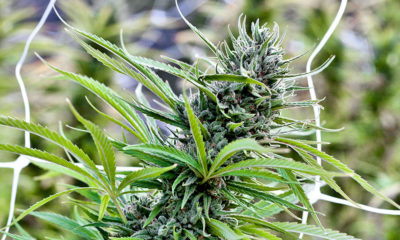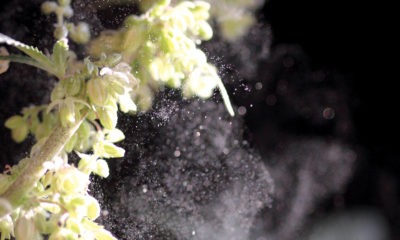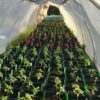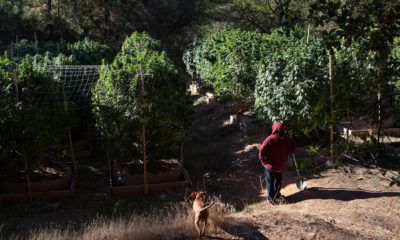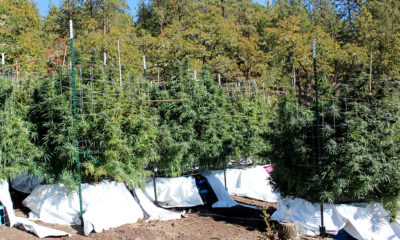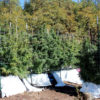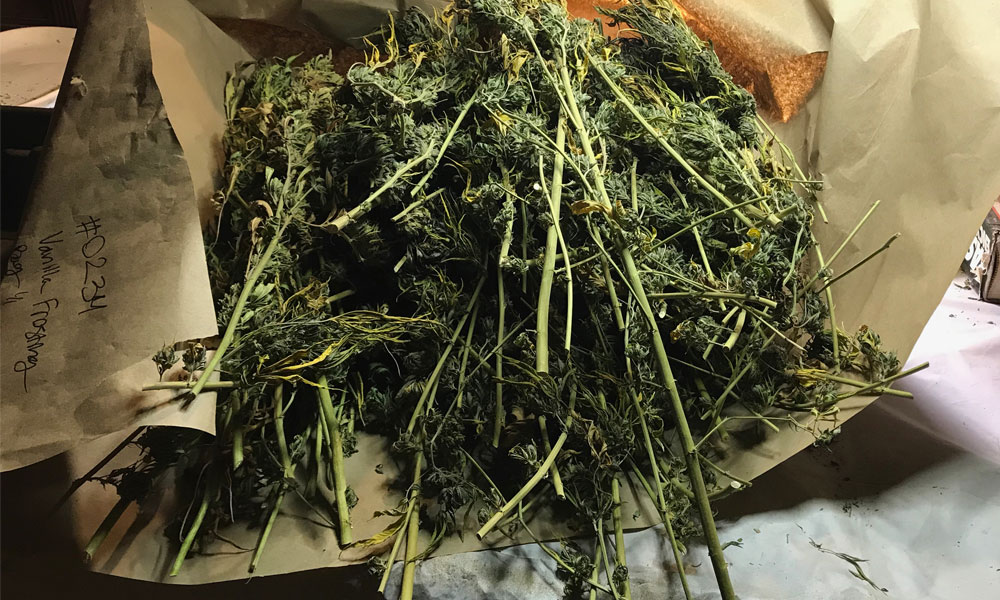
Cultivation
After Harvest: From Drying to Selling Cannabis
Keeping a close eye on your cannabis after harvest is critical to ensuring optimum quality by the time it reaches the consumer.
The joys and challenges of being a small farm cannabis cultivator are myriad. Beginning in the spring, when we first “crack” our seeds in preparation for planting, the thrill is there. Each delicate little sprout is carefully placed in living soil, and for the following seven months, we have the supreme joy of watching those tiny shoots develop into glorious big girls, laden with luscious buds.
Naturally, there can be setbacks along the way, whether from climate, bugs, disease, predators or basic human errors. Generally, the pleasure overrides the problems. By autumn, the time comes to harvest the crop and begin the drying and curing process.
Drying and Curing Cannabis
Just when you think you are in the clear because the harvest is in the barn, now is when the conscious cultivator must really be aware. All too often we hear of farmers losing their entire crops to mold or mildew due to improper drying and curing. We also see many supply chain problems.
Once the cannabis is properly cured at the farm, it’s sent off to the processor for trimming and packaging, and it’s no longer in the cultivator’s control. During the long journey from garden to consumer, any number of issues can cause even the highest quality flowers to degrade.
Nevertheless, the first step after harvest is the proper drying, curing and bucking down of the cannabis. At the Swami Select farm, located in California’s Emerald Triangle, we hang our cannabis branches upside down on nylon netting for at least two weeks in the dark in our timber frame barn. The temperature and humidity should both hover just around 60 degrees to ensure proper drying. If it’s wet outside, we use dehumidifiers to maintain the humidity levels. We also have a fire burning in the wood stove when the outside temperatures dip too low, which also helps to control the humidity.
When the tiny stems break instead of bending, it tells us that the buds are dry enough. Then we gently take the branches down off the drying nets and place them on long sheets of unbleached Kraft paper, which are rolled up like burritos open at the top. We keep them stored in the barn, and after a few more days of careful observation, we roll up the top of the “burritos” so they are enclosed. When fully dried and ready for the curing process, we place the rolls into non-scented contractor bags and store them in the barn until ready to be bucked down.
Bucking Cannabis

Swami and I do our own bucking here at the ranch. Bucking means cutting the full buds off of the branches and removing any large fan leaves—the ones that you would never want to smoke because they have no “sugar” on them. We leave the smaller sugar leaves around the buds to protect them until the final trim when they become “trim shake.”
Once bucked down, the buds are placed in turkey bags (also known as “oven bags”) and then into large tubs which are labeled with the Metrc numbers of the plants inside. We are required to weigh the buds of each plant when they leave the ranch and report the weights to Metrc. We also have to report the weight of the stems and leaves that are cut away and put on the compost pile.
Processing and Packaging Cannabis
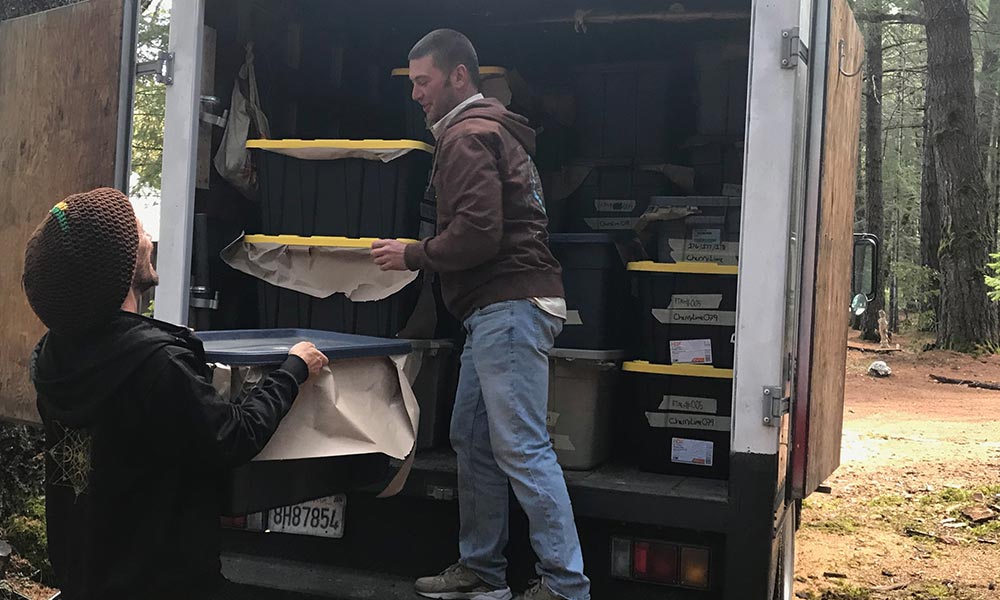
Finally, the time has arrived to send the girls off to school, or that’s what it feels like. After eight or nine months of carefully tending our precious plants, a large white unmarked van will show up at our ranch, and the tubs full of bucked flowers will be driven away. At this point, we have little control over their journey through the supply chain and pray the flowers are in good hands and not mistreated by the time the consumer receives them.
We used to trim and package it all at home, but now, because of Department of Cannabis Control regulations which prohibit commercial cannabis operations in residential dwellings, as well as city and county zoning ordinances and building codes, most farmers can no longer perform their own trimming and packaging. Instead, the flowers will be trimmed by a professional crew at a processing center that typically packages them as well.
When specifying hand-trimmed bud, many farmers complain that no matter how much they instruct the trimmers to only hold the buds by the stem to keep the trichomes intact, many ignore these instructions. Some processors use a machine to buck or remove leaves and then do a hand finish in order to claim that the cannabis is “hand-trimmed.” However, this treatment can knock off the trichrome heads as well. Packaging is also a delicate operation which involves properly weighing out and placing the buds into their final jars or bags for sale.
Once the flowers have been packaged, the distributor will keep them in storage while waiting for test results and order placements. To maintain the quality of the flower and prevent it from becoming too dry, the temperature/humidity parameters during both the operations and storage phases are critical. How many storage areas, on a boiling hot California summer day, for example, are truly kept at 60 degrees or cooler? Not many is what we’ve discovered. How many delivery vans are refrigerated properly? It’s rare to find a processor and distributor who will give the flower the same love and care as the farmer would have.
Maintaining Control of Your Craft Cannabis
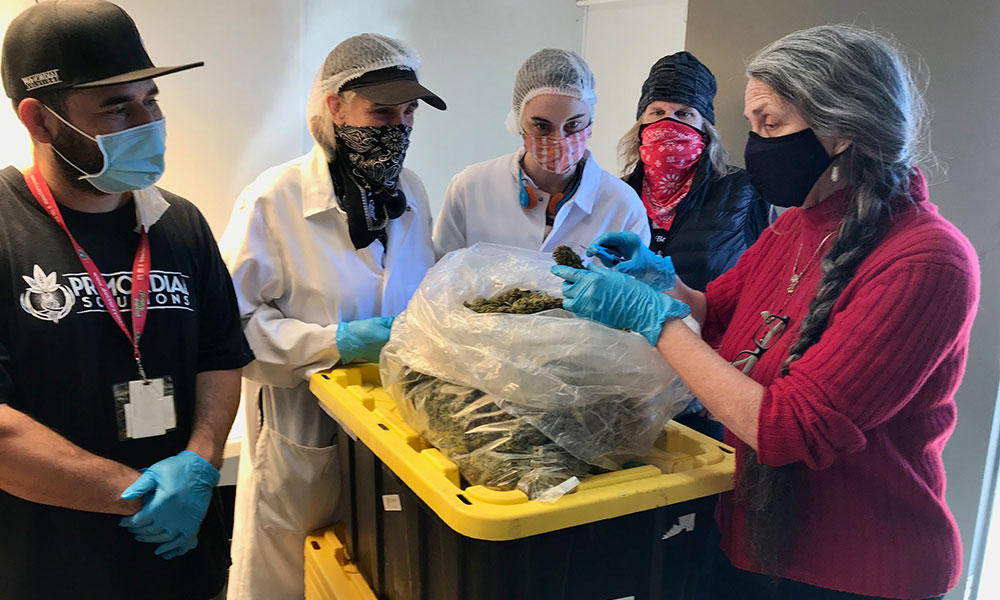
Even with a perfect curing operation, once the flowers leave the farmer, there’s not much the farmers can do to protect them. Hence, by the time consumers purchase their flower, it may no longer be at optimum quality. This dilemma is a very real problem.
So, what is the solution? For starters, farmers must keep as close an eye on their processor/distributor/retailer as possible to ensure proper trimming and packaging techniques, as well as monitoring transport and storage conditions. This can be a real challenge considering many farms are miles away in distant rural communities.
The other option is to invest in a microbusiness license which allows growing, processing and packaging at the farm, as well as a being your own distributor with a retail location or non-storefront retail delivery license. But this is an expensive proposition; it requires commercial buildings and extensive security measures and ADA access, as well as a delivery vehicle and driver. Several small farmers are considering alternative ways to form collectives to make it more possible.
The old days of just growing great weed, trimming it at home, and driving a few pounds in turkey bags down to the city are long gone. But that doesn’t mean that craft farmers, who insist on the highest quality, cannot still maintain control. It is a challenge, but well worth it.



